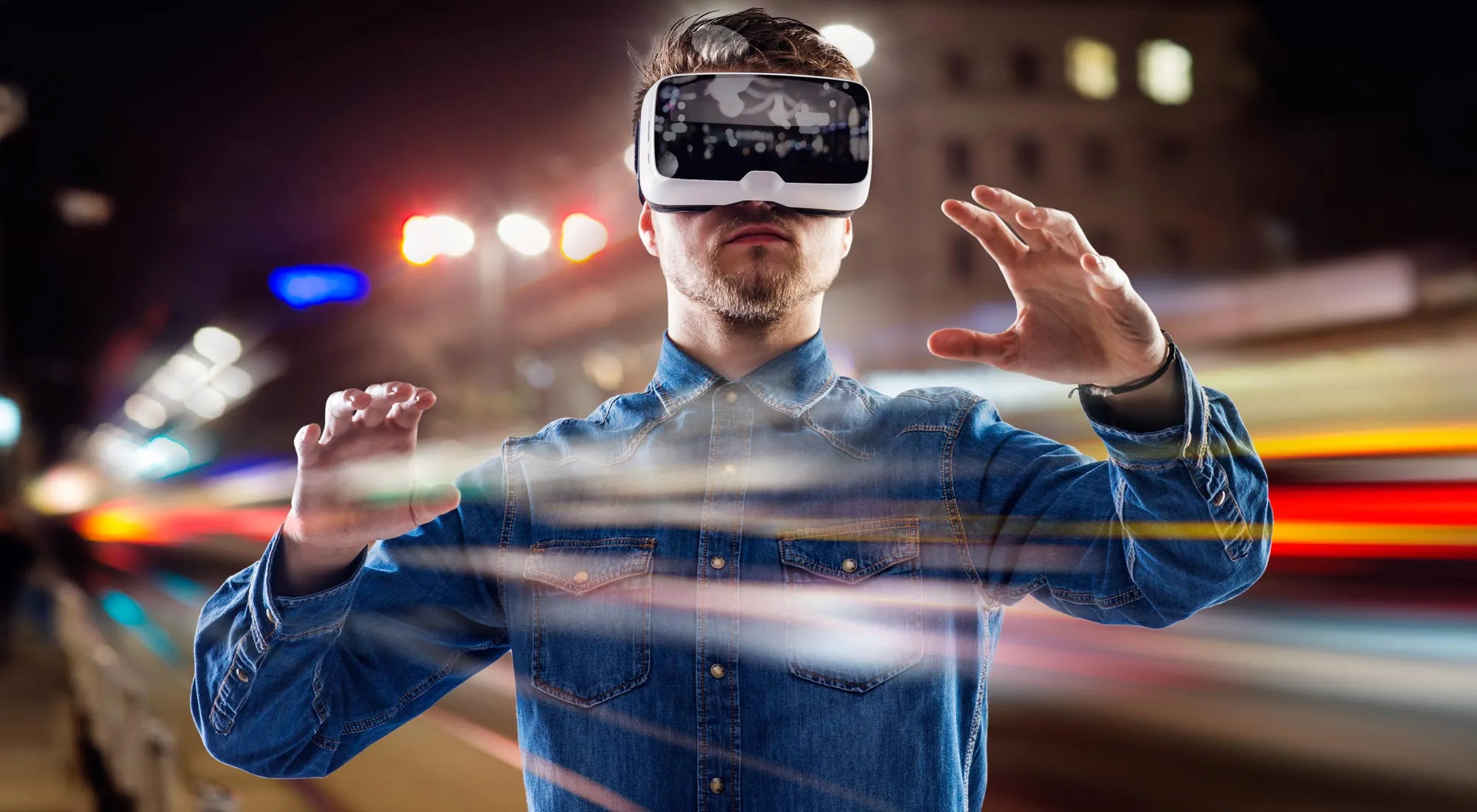The Rise of Virtual Reality Entertainment
Virtual reality (VR) has rapidly emerged as one of the most exciting and immersive forms of entertainment in recent years. With advancements in technology, VR has become more accessible and affordable, allowing people to experience virtual worlds like never before.
Virtual reality entertainment encompasses a wide range of experiences, from gaming and movies to virtual tours and social interactions. It transports users into a simulated environment that can be visually and audibly realistic, creating an immersive and interactive experience.
The Benefits of Virtual Reality Entertainment
Virtual reality entertainment offers numerous benefits that make it an attractive option for users. Firstly, it provides an escape from reality, allowing users to explore new worlds, environments, and experiences from the comfort of their own homes. This can be particularly appealing for individuals who are unable to travel or participate in certain activities due to physical limitations or other constraints.
Moreover, VR entertainment can be a great tool for education and training. It allows users to engage in realistic simulations and practice various skills in a safe and controlled environment. From flight simulations for pilots to surgical training for medical professionals, virtual reality has the potential to revolutionize the way we learn and acquire new skills.
The Different Types of Virtual Reality Entertainment
Virtual reality entertainment can be categorized into several different types, each offering unique experiences and possibilities.
1. Virtual Reality Gaming
Gaming is one of the most popular applications of virtual reality. VR gaming provides a highly immersive experience, allowing players to step into the game world and interact with their surroundings. From action-packed adventures to puzzle-solving challenges, virtual reality gaming takes gaming to a whole new level.
2. Virtual Reality Movies and Videos
Virtual reality movies and videos offer a 360-degree viewing experience, where viewers can look around and explore the virtual environment. This creates a sense of presence and makes the viewing experience more engaging and interactive.
3. Virtual Tours and Travel
Virtual reality tours and travel experiences allow users to explore different destinations and landmarks from the comfort of their homes. Whether it’s visiting famous landmarks, exploring museums, or even taking a virtual hike through a national park, virtual tours provide a unique way to travel and experience the world.
4. Virtual Reality Social Interactions
Virtual reality also offers opportunities for social interactions in virtual environments. Users can connect with friends, family, or even strangers from around the world and engage in various activities together, such as playing games, attending virtual events, or simply hanging out in virtual spaces.
The Future of Virtual Reality Entertainment
The future of virtual entertainment looks promising. As technology continues to advance, we can expect even more realistic and immersive experiences. The development of haptic feedback systems, improved graphics, and enhanced motion tracking will further enhance the virtual reality experience.
Moreover, the integration of virtual reality with other emerging technologies, such as augmented reality (AR) and artificial intelligence (AI), will open up new possibilities for interactive and dynamic virtual worlds.
Conclusion
Virtual entertainment has revolutionized the way we experience and interact with digital content. From gaming and movies to virtual tours and social interactions, VR offers a wide range of immersive experiences. As technology continues to evolve, we can look forward to even more exciting developments in the world of virtual reality entertainment.




































